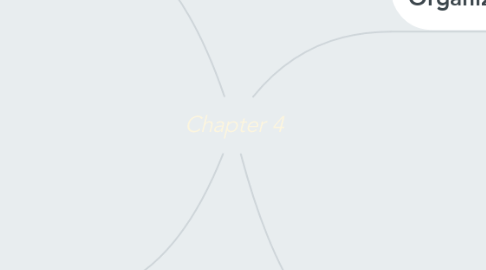
1. Work-Flow Analysis and Organizational Structer
1.1. WORK-FLOW ANALYSIS
1.1.1. Analyzing work output
1.1.2. Analyzing Work Processes
1.1.3. Analyzing Work Inputs
1.2. ORGANIZATION STRUCTURE
1.2.1. Dimensions of Structure
1.2.1.1. Centralization
1.2.1.2. Departmentalization
1.2.2. Structural Configurations
1.2.2.1. functional structure
1.2.2.2. divisional structure
1.2.3. Structure and the Nature of Jobs
2. Job Analysis
2.1. THE IMPORTANCE OF JOB ANALYSIS
2.1.1. Work Redesign
2.1.2. Human Resource Planning
2.1.3. Selection.
2.1.4. Training and Development.
2.1.5. Performance Appraisal.
2.1.6. Career Planning.
2.1.7. Job Evaluation.
2.2. JOB ANALYSIS INFORMATION
2.2.1. Nature of Information
2.2.1.1. job descriptions
2.2.1.2. job specifications
2.2.2. Sources of Job Analysis Information
3. JOB ANALYSIS METHODS
3.1. Position Analysis Questionnaire (PAQ)
3.1.1. Information input
3.1.2. Mental processes
3.1.3. Work output
3.1.4. Relationships with other persons
3.1.5. Job context
3.1.6. Other characteristics
3.2. The Occupational Information Network (O*NET)
4. APPROACHES TO JOB DESIGN
4.1. MECHANISTIC APPROACH
4.1.1. structure work that maximizes efficiency in the simpliest way.
4.1.2. designing jobs around the concepts of task specialization, skill simplification, and repetition.
4.2. MOTIVATIONAL APPROACH
4.2.1. Job Characteristics Model.
4.2.2. focuses on the job characteristics that affect psychological meaning and motivational potential.
4.3. BIOLOGICAL APPROACH
4.3.1. minimize physical strain on the worker.
4.3.2. for jobs that are physically demanding
4.4. PERCEPTUAL–MOTOR APPROACH
4.4.1. roots in human-factors literature.
4.4.2. jobs do not exceed people’s mental capabilities and limitations.
